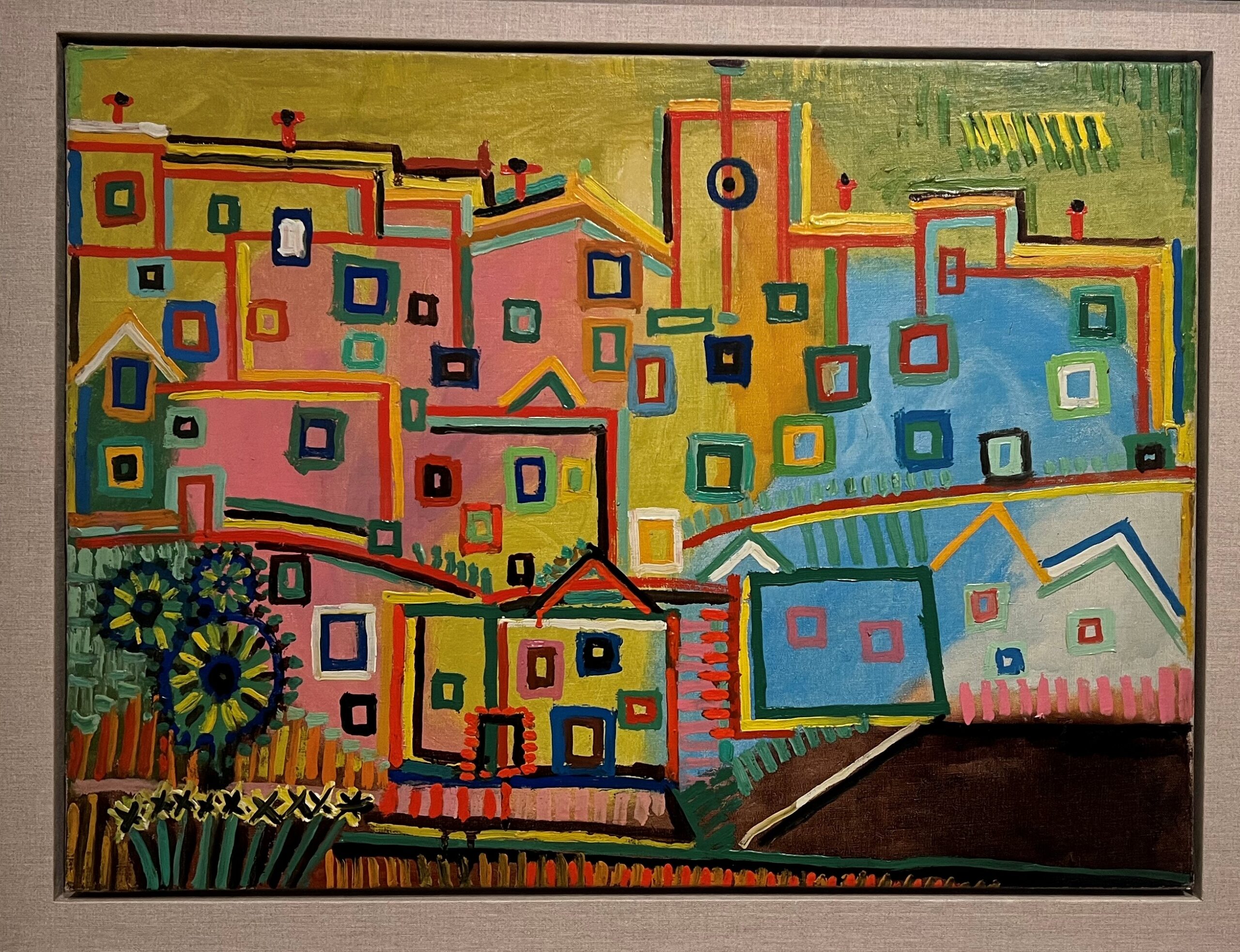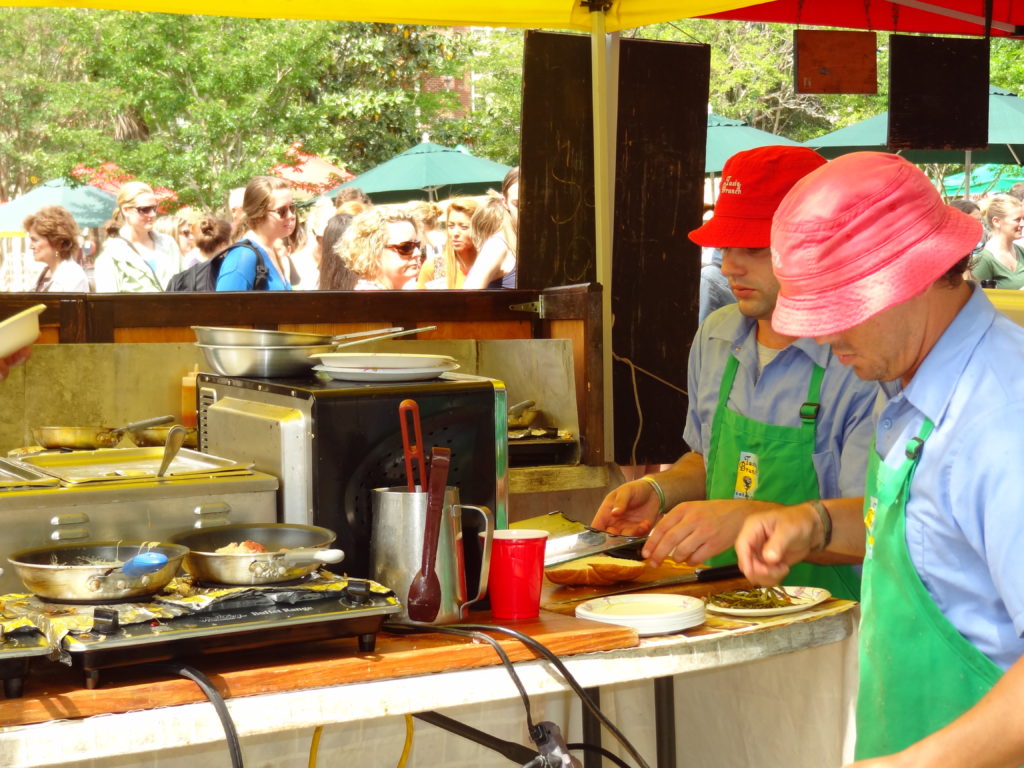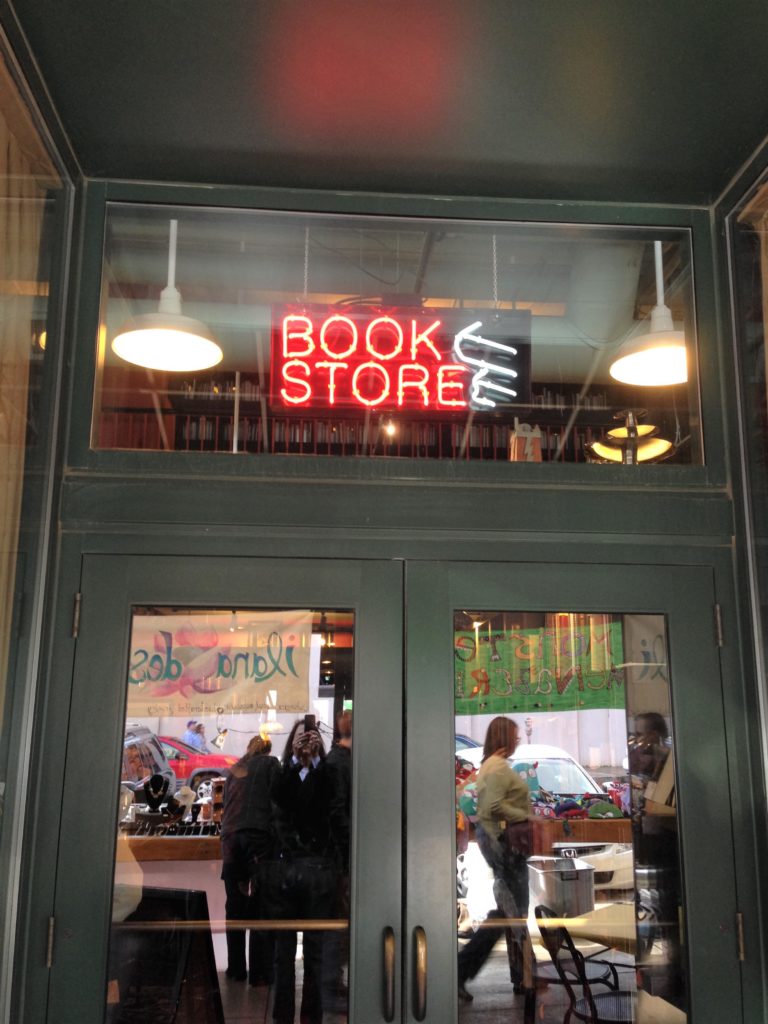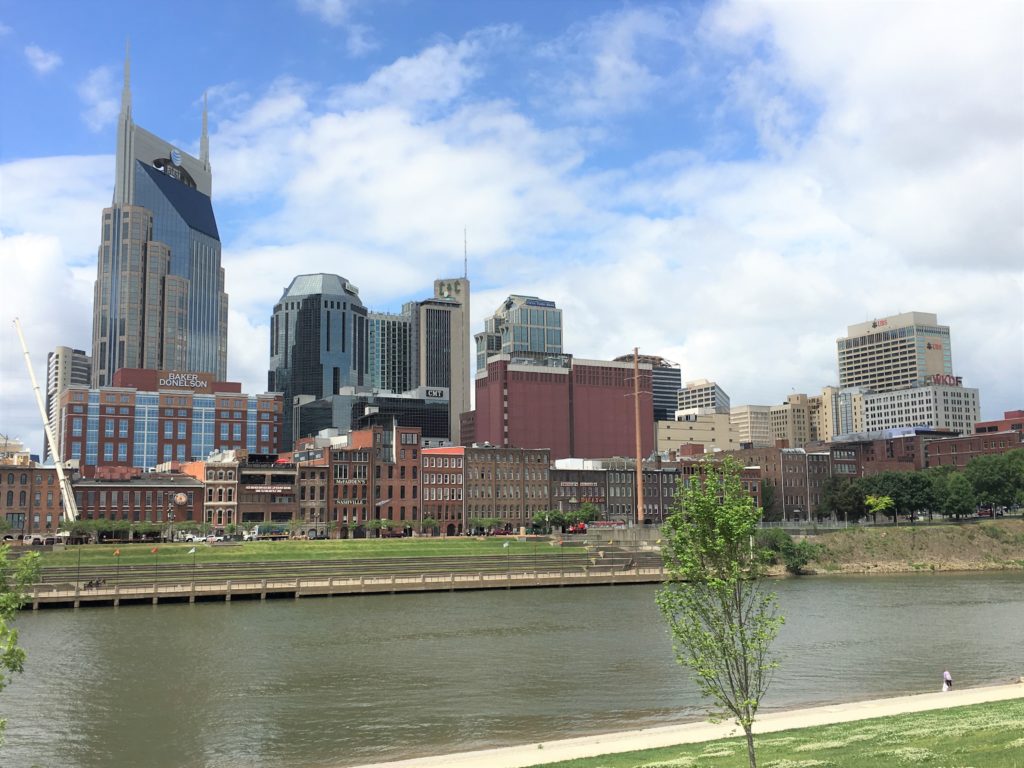UPDATE – THIS EXHIBIT HAS CLOSED
The Picasso exhibit at Charlotte, NC’s Mint Museum is one of two sites for Picasso Landscapes: Out of Bounds, a different lens to experience the modern painter. A relatively small but stirring group of works from private collections and international museums, the show is the first traveling museum exhibition to explore Pablo Picasso’s deep engagement with landscape subjects – and his expansive approach to the traditional genre often portrayed by photographic-like paintings or dreamy Impressionist brush strokes.
These 40 works, coinciding with the 50th anniversary of his death, were organized by the American Federation of Arts and Laurence Madeline, chief curator for French National Heritage and previous curator at the Musée National Picasso-Paris, where she remains affiliated.
Hurry up to the Carolinas because the Picasso exhibit in Charlotte ends May 21, 2023. You can go here to book ahead for timed tickets.
Picasso’s Lens on Landscapes
When Picasso moved to Paris in the fall of 1900, he soon began developing Post-Impressionist interpretations of life around him. Unlike the uplifting elegance and sense of power defined by Exposition Universelle, the World’s Fair exhibition that drew him to Paris and touted achievements of the past century, his paintings in Paris captured a hectic, sometimes bleak and poverty-bound, landscape of modern urban life, represented by his own bohemian Montmartre neighborhood or the dusty Boulevard de Clichy. We know that Picasso moved through a range of styles, from conventional to avant-garde.
While he had painted landscapes his entire life, this aspect of the artist’s portfolio had previously received the least attention from scholars and had been frankly overlooked. Like many of his other works, his landscapes often communicate political overtones. We also see such a wide range of his works, from art school in the late 1890s to just before his passing in the early 1970s.
Multi-Media to Enhance the Context
Adding depth and context to Picasso’s works, the exhibit uses multi-media in ways that allow the visitor to sit, pause, reflect, read and learn, while looking at the paintings nearby on the walls. Photographs, sketches, short films and notes, in and of themselves captivating of the times and clustered by decade or era, connect the dots or add further detail, while timed reservations prevent the gallery from overcrowding.
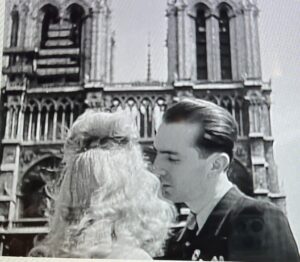 I was mesmerized by the black and white film cuts of a couple kissing in front of the Cathedral of Notre Dame when Paris was being liberated by German occupation and Nazi rule during World War II (“Popular Enthusiasm,” May 8, 1945). Indirectly the images created a mood that helped me understand Picasso’s perspective better, from those made during the water and then later, documenting both the struggle and, ultimately, the celebration. A worthy history lesson, Picasso or not.
I was mesmerized by the black and white film cuts of a couple kissing in front of the Cathedral of Notre Dame when Paris was being liberated by German occupation and Nazi rule during World War II (“Popular Enthusiasm,” May 8, 1945). Indirectly the images created a mood that helped me understand Picasso’s perspective better, from those made during the water and then later, documenting both the struggle and, ultimately, the celebration. A worthy history lesson, Picasso or not.
Pablo Picasso and Romare Bearden
For many of us less local to North Carolina’s arts scene, the relationship between Romare Bearden (1911-1988) and Pablo Picasso (1881-1973) was fascinating and instructive. Bearden, a Black American, was born about 30 years in Charlotte, N.C., after Picasso and his colleagues developed the Cubist style in Europe, shifting art far away from its representation roots. Bearden is widely credited with reintroducing and repopularizing Cubism in the 1960s and, most interestingly, using it to depict his experiences as a Black American.
The Mint as an Important Museum
The Mint, a major museum with a deep Bearden archive, was established in 1936 as North Carolina’s first art museum. Its holdings embrace one of the large collections in the Southeast, and the museum, in the bustling regional center that draws residents and visitors from all over the world, is committed to engaging the global community. Its two locations, the Uptown urban museum where the Picasso exhibit is on display, specializes in modern and multi-cultural art, while its original complex in old Charlotte – in a building that served as the first branch of the U.S. Mint outside Philadelphia – has extensive collections of art from America, the Americas, Europe, the Crafts movement, fashion and Southern/regional artists.
According to the Charlotte Observer, Mint curator Jennifer Sudul Edwards said it’s important to see [the exhibit’s] artwork up close for the texture, scale and color. “You really do need to experience artwork in person to understand the depth and the power of it,” she told the Observer. The beauty of this Mint venue is that your experience is more intimate than a large sprawling museum space.
And before or after, you can enjoy a light bite or full meal in small plates or sharables, in the inventive Mariposa, with its “world-to-table” cuisine, in the same building.

